
Dr. Greger's Daily Dozen Nutrition Checklist
In his book ‘How Not To Die’, Dr. Michael Greger, MD, explains how to live a healthy life just by eating whole foods and plants. But not all foods are created equal and variety is important as quantity, so we can get to our recommended daily nutrient intake.
We’ve already talked about that: as healthy as a plant-based diet can be, someone who’s in it might still miss some nutrients. And that’s because, as Dr. Greger says, not all foods are created equal. That means some foods and food groups have special nutrients not found in abundance elsewhere.
For instance, the compound called sulforaphane is nearly exclusive in cruciferous vegetables (such as broccoli and cauliflower). Among any nutrients, Dr. Michael Greger suggests we follow a daily nutrition checklist — the same one he uses for him and his family.
Beans
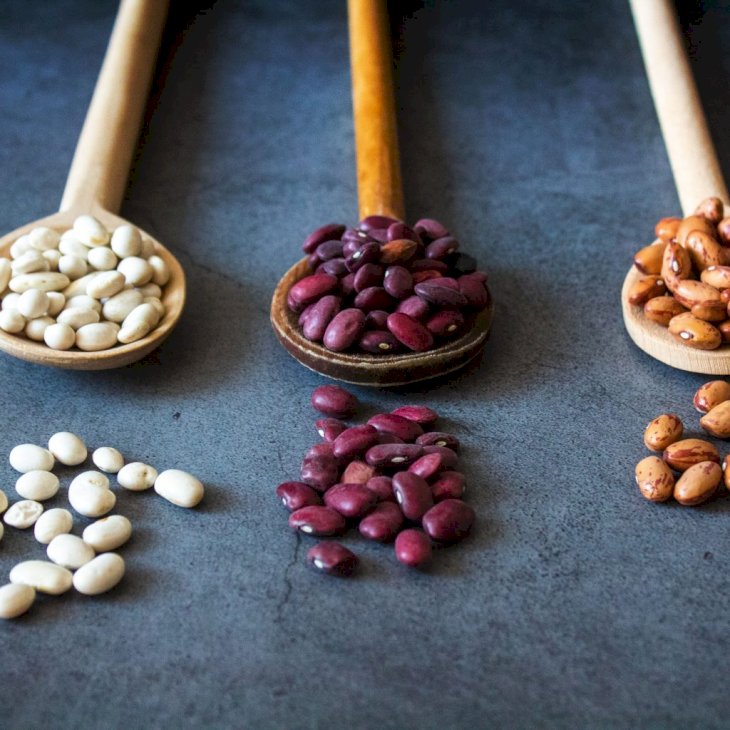
Photo by Tijana Drndarski on Unsplash
That includes all types of beans, chickpeas, peas, tempeh, and lentils. They’re also called legumes and are mostly rich in protein — and it’s a great plant protein source for vegetarians and vegans. Dr. Gregrer recommends three servings per day.
Fruits & Berries
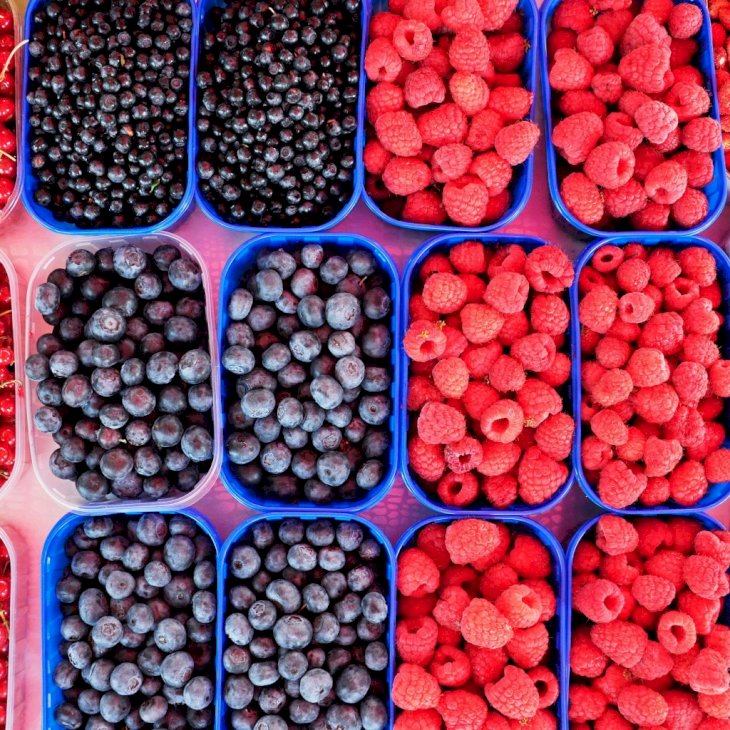
Photo by Alex Block on Unsplash
He divides fruits into two categories here: berries and other fruits. Berries are classified as any small edible fruit such as açaí, blackberries, blueberries, and even grapes. He recommends one serving per day. For other fruits, you can have a medium-sized fruit, three servings a day.
Cruciferous Vegetables and Other Greens
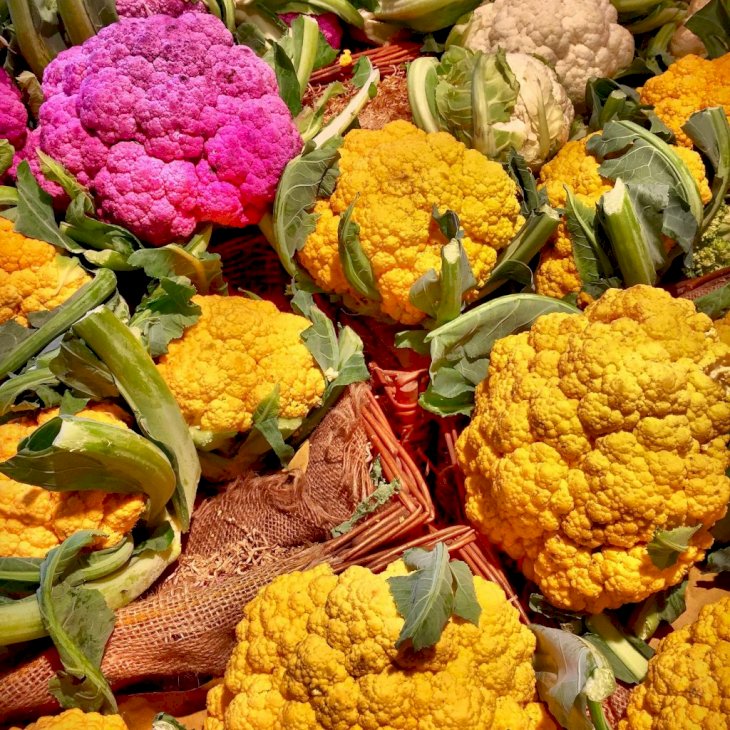
Photo by Massimo Virgilio on Unsplash
Cruciferous veggies are a diverse group that includes cauliflower, brussels sprout, bok choy, cabbage, collard, broccoli, and many others. The suggestion is one serving a day. Along with this specific serving, add two more servings of other greens or any other cruciferous.
Other Vegetables
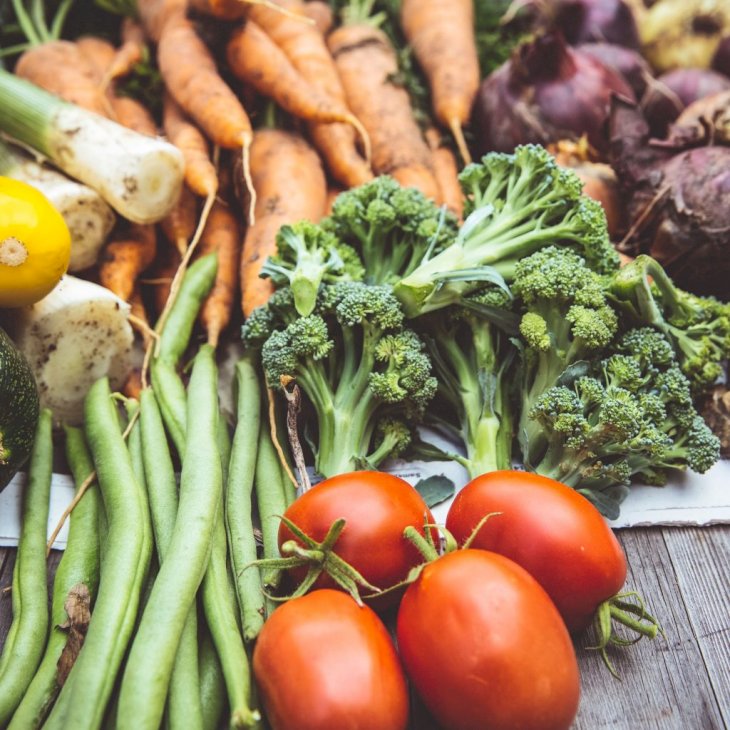
Photo by Markus Spiske on Unsplash
Dr. Greger classifies any other veggies you can imagine in this list from carrots, asparagus, beets to pumpkins, and potatoes. For your daily serving, you can have them either cooked, raw, or as a juice, and the daily intake should be two servings per day.
Nuts and Seeds
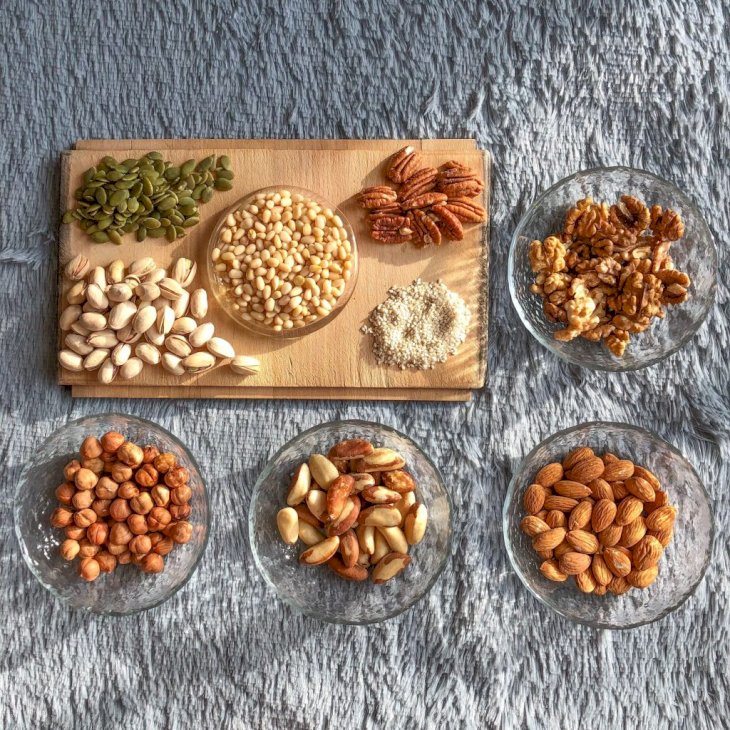
Photo by Pavel Kalenik on Unsplash
Great sources of omega-3, healthy fats, and protein, nuts, and seeds should be taken daily. ¼ of a cup of nut or seed makes the daily serving you need.
Apart from that, Dr. Greger recommends everyone (those on a plant-based diet or not) to try to incorporate one tablespoon of ground flaxseeds in their diets.
Herbs and Spices
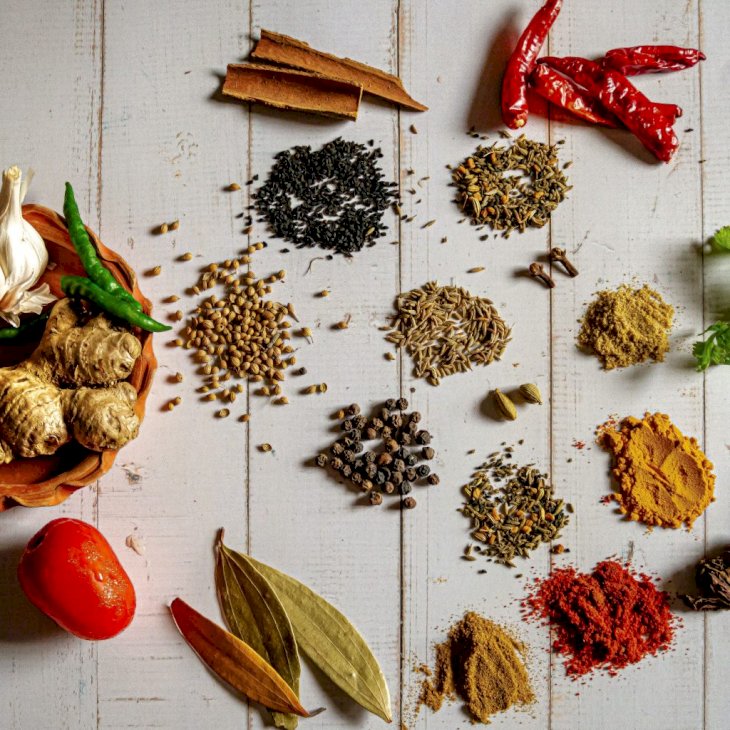
Photo by Ratul Ghosh on Unsplash
He also suggests a daily intake of turmeric — ¼ of teaspoon along with any other herbs and spices of your choice. It may include basil, bay leaves, chili powder, cilantro, garlic, nutmeg, ginger, smoked paprika, peppermint, etc.
Whole Grains
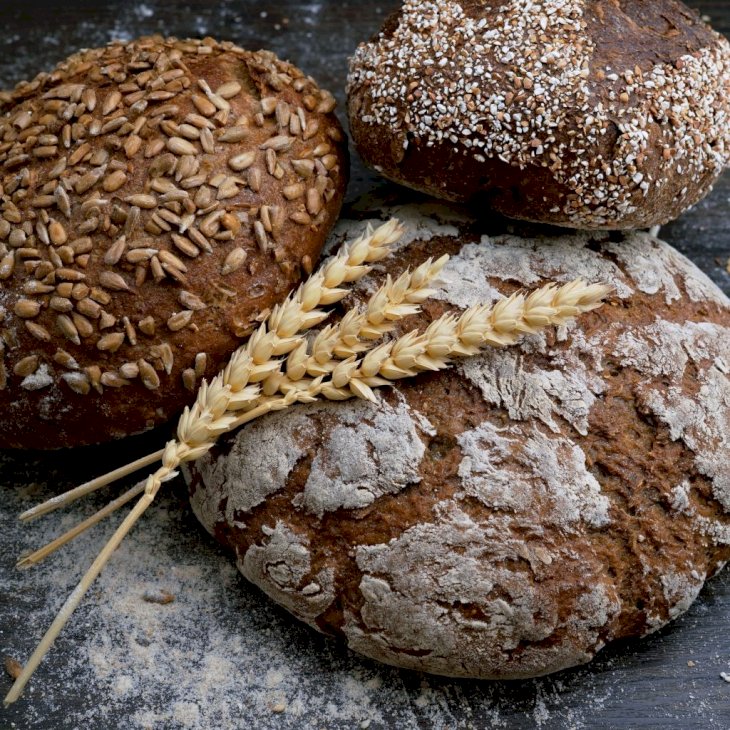
Photo by Wesual Click on Unsplash
Whole grains include grains like wheat, corn, rice, oats, barley, quinoa, etc. In your whole grains list, you should include three servings a day.
The sizes can be ½ of hot cereal or cooked grains or corn kernels, or one tortilla or slice of bread, or 3 cups of popcorn, or 1 cup of cold cereal.
Beverages

Photo by Devin Avery on Unsplash
The serving size for beverages is one glass (12 ounces) with a daily recommendation of 5 servings. The quantities are in addition to the water you naturally get from your food and regular water drinking. In the list, it’s included teas, coffee, and water.